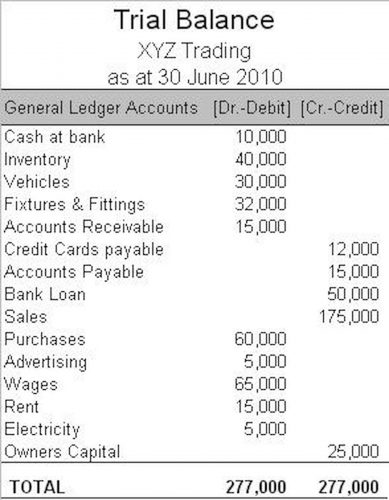
By comparing year-over-year ARR, organizations can establish how growth compounds over time. For early-stage SaaS companies, it’s a key metric investors and other stakeholders use to gauge the business’s overall performance. Additionally, investor’s use the predictability and stability of ARR to compare the company’s performance against its peers, as well as to compare it with its own performance over time. As we’ve reiterated, the chief hazard for for recurring revenue companies is the low barrier to entry/exit—we call it churn. There are all kinds of downstream effects beyond just the loss of your revenue, too. Even if you’re growing in new logos, your churn rate can drag down your overall growth.

Why annual recurring revenue is essential for subscription business success
- As an entrepreneur, you’re bound to encounter challenges while perfecting your business models for success.
- Incorrect pricing can affect customer acquisition and retention, affecting the projected ARR.
- The LTV/CAC ratio is a SaaS KPI that measures the cost-efficiency and sustainability of a company’s customer acquisition strategies.
- Annual recurring revenue (ARR) is a measure of all the recurring revenue that a company expects to receive over the course of a year.
- Likewise, the contract may include stipulations or costs the vendor agrees to pay or meet.
ARR provides a more stable and predictable representation of a company’s revenue stream than traditional methods focusing on one-time sales. This stability is essential for investors and stakeholders looking for consistent revenue generation. It is calculated by summing up customers’ monthly or quarterly subscription fees and multiplying them by 12 (for an annual period). It excludes one-time fees, transactional charges, and other non-recurring revenue sources.

How does a SaaS calculate ARR?
ARR is particularly important in SaaS because of the nature of subscription billing. Rather than one-off purchases, customers commit to monthly or annual payments, giving the business a foundation of recurring revenue. This allows leadership teams and investors to analyze the normal balance company’s health not just by what it earned last month, but by what it is likely to earn in the months and years ahead. It provides the scaffolding upon which projections, fundraising narratives, and board reporting are built. Understanding ARR enables more precise future revenue projections, allowing for effective planning in areas like staffing, marketing, and resource management.
What is a good ARR for a SaaS startup?
- A business should clearly define how it calculates ARR and use that method the same way across all reports and presentations.
- Businesses with established annual recurring income streams command higher market valuations due to their demonstrated ability to generate consistent, predictable revenue.
- As we talked about earlier, companies often view their revenue internally as a series of handoffs.
- For companies that use subscription models to sell goods or services, such as software-as-a-service (SaaS) providers, streaming platforms, and other subscription-based businesses, annual revenue (ARR) is crucial.
- Annual recurring revenue (ARR) evaluates the recurring revenue generated by a business over 12 months.
- Subscription revenue is generated from recurring payments for access to a service or product, such as a software subscription.
ARR allows for measuring business progress and forecasting future growth because it represents the amount of revenue that a business intends to QuickBooks Accountant repeat. It’s a helpful statistic to gauge momentum in areas like new sales, renewals, and upgrades, as well as momentum lost in downgrades and lost clients. Unlike total revenue, which considers all of a company’s cash inflows, ARR evaluates only the revenue obtained from subscriptions. Thus, ARR enables a company to identify whether its subscription model is successful or not. Unlike one-time payments or short-term deals, ARR reflects ongoing contracts and subscriptions that renew on an annual basis, providing a clear picture of sustainable revenue.
Common Pitfalls in ARR Reporting

It works by multiplying your annual revenue by an industry-specific multiplier, updated yearly by NYU. This multiplier expresses the overall potential of a business given shared circumstances like target markets, competitors and typical margins. Annual Recurring Revenue (ARR) is useful to see the health of a business and to help plan the growth. A business annual recurring revenue without a monthly or yearly recurring revenue stream needs to save money and plan in shorter windows.

Implement robust retention strategies, such as improving customer service and engagement, to minimize churn. This ensures a more accurate financial outlook and helps maintain steady revenue growth. Upgrades can elevate ARR by boosting your expansion revenue through premium offerings and additional services, while downgrades can decrease it, leading to potential revenue loss.

Leave a Reply